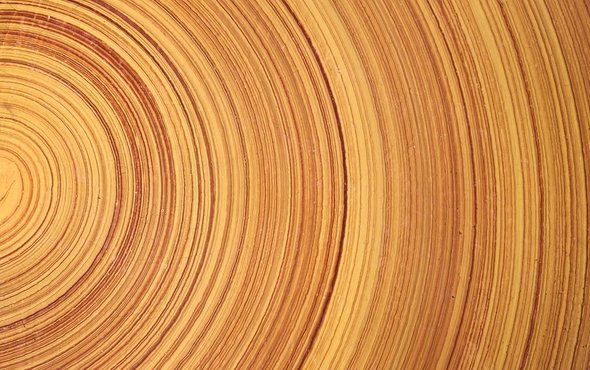Supposed to be as strong as steel at a fraction of the weight. They don’t say what it is nor how they do it.
They seem to know what they are doing.
https://www.sciencedaily.com/releases/2018/02/180207151829.htm
Where can I get some? I’m guessing I won’t be able to buy it next year at Eidensaw.

Thanks Kurt, may be better if I call you when I’m back in the US my apologies as I just read this…. i just removed a small area of keel 2 feet aft of the board case. 2 areas of keel were both raised below deformed hull areas that are (by no coincidence) just aft of the forward connective mainstrength bulkhead and just forward of the aft connective. After measuring the span between these two deformed areas and it looks likely that lifting slings or possibly blocks on the hard are suspect. I removed the lousy U.D. Glass keel bandaids ( came off pretty easily) air is not a very good adhesive and found shakes in the keel dutchmen in both areas.. fortunately the planking process moves along and has become more efficient, 15 degree planking angle, 30mm scarfs( cut in a single pass with an oversize mortising bit and 30cm wide planks have made the process a bit faster. I’ll send some photos. Hope all is well.
call or text me. or email.
Peter, which resin system epoxy, phenolic or otherwise is best for vacuum infusing plywood. I see this as the answer for leaking daggerboard cases. Seems that the compressibility of plywood ( though minor) contributes to the micro fissures that ultimately lead to barrier coat failure and hence leaking cases “ the bane of multihulls “ I want to infuse 1/4” plywood for a new half height board case and insert a 1/4” thick homemade g10 woven glass insert ( infused over my daggerboard built up with a 1/16th” layer of tape or sheet material to allow clearance for board movement. Said insertswould be roughly 8” high and be “ set” in place at the top and bottom of the case and function as “board partners” to withstand the wear from board movement and distribute the multi ton point loads at the bottom of the case over a larger area. I would likely make the infused wood case 1/4” wider and longer and fill the 1/8” per side gap with 610 adhesive pumped in from a caulk tube with a static mixer nozzle through some 1/4” holes in the area of the G10 insert system 3 gel magic could work as well and form a strong. Albeit secondary bond to the inner faces of the case. Would really like to know which phenolic resin is best for densifying the plywood. Hope to hear from you.
neptunestoothbrush@gmail.com
we better talk. epoxy anyway, and biaxial
trunk has to be completely dry first.
Kind of reminds me of ammonia infusion to make wood ply to any shape. Kind of makes me want to look into additives that are ammonia soluble to see if I could make it harder.
Wouldn’t use this in a boat hull bit for a mast well no dry rot.
Dan
I wonder if rot and bugs are still interested in the end product?
Densification of wood has been done over the years and I have used epoxy and vinyl ester to do various things with wood as well. Phenolics are mentioned and these are good because they are very thin and infuse well. The process will improve the strength and stiffness of wood considerably. Easily being stronger than mild steel and low grade titaniums which are not very strong anyway. But these things are unlikely to get to high strength steel and Ti grades say around 1000Mpa UTS. So you grab your piece of timber and place it in a vacuum bag. Place a suitable infusion mesh (and plumbing etc for a normal infusion) over the end grain and use your resin of choice. Whatever the weight of the timber is be prepared with about the same weight of resin or more. MDF also can be filled with resin as well just sand off it’s hard skin before you try. Pull down the vacuum to below the saturated water vapour pressure at your site and wait until the vacuum stabilises if you have digital absolute vac gauge this helps to check you have removed all the free moisture from the timber. This is very important may take 2 or 3 hrs, other wise the results will be poor due to moisture contamination. Once the vacuum soak is complete turn on the resin taps and the timber will fill with resin. It will be twice as heavy, very stiff and very strong depending on the resin you use. Timber is designed to transport water so it transports thin resin very easily. Cheers Peter S